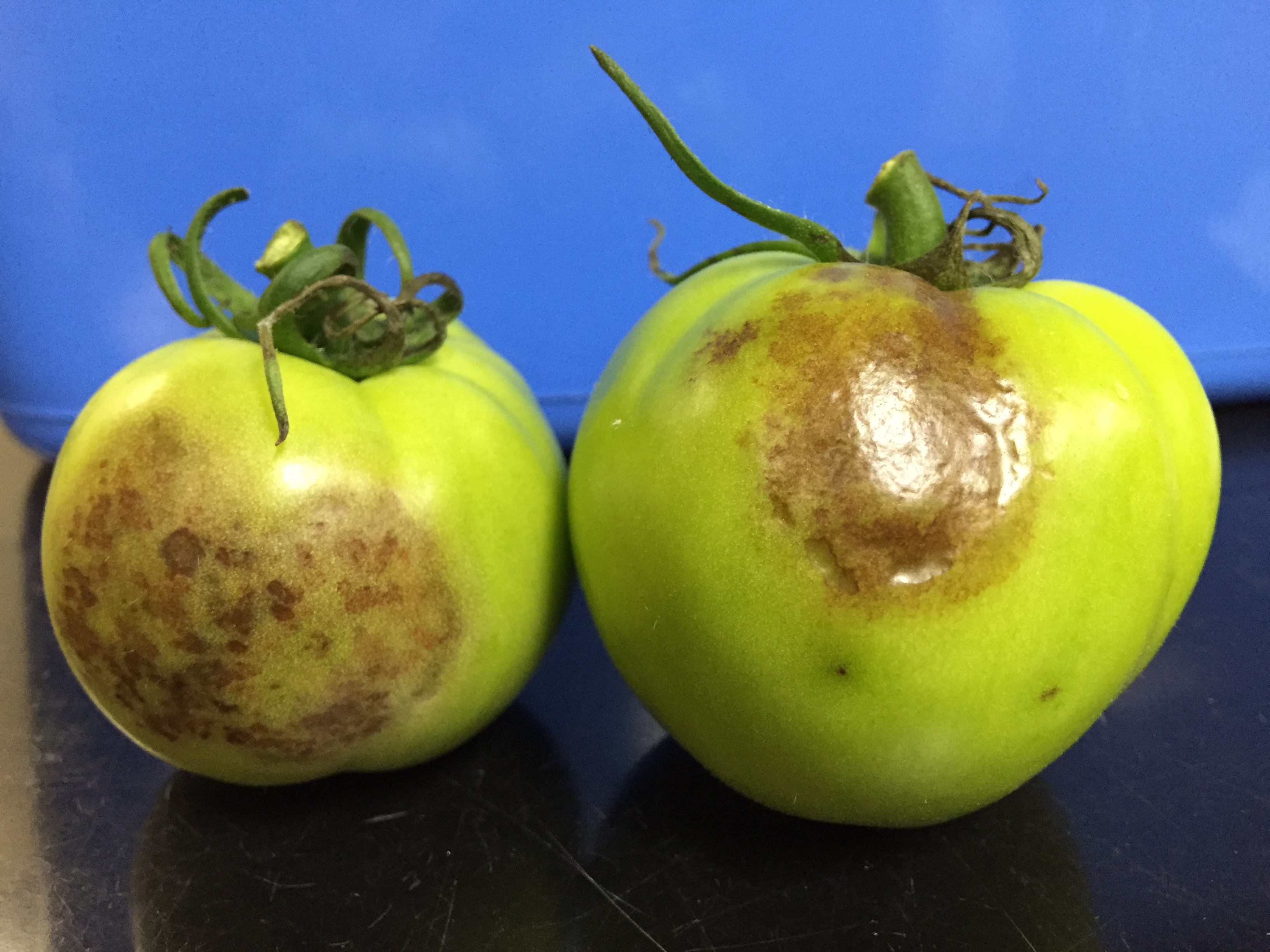

Tomato plants are used to growing in dry climates, so they are unusually sensitive to water on their leaves, which makes them more prone to fungal infections than many other crops. The Alternaria spores require a lot of moisture to germinate. When you remove the weeds and volunteer plants, make sure you destroy them – do not place on your compost pile. This is true for edible crops such as potatoes, as well as hairy nightshade, black nightshade, and horse nettle, so be vigilant and keep these weeds out of your garden.

These can pass the infection on to your tomato plants. Plants in the same family as tomatoes (solanaceous plants, or nightshades), and volunteer tomato plants can also serve as hosts for Alternaria species.

Purge Nightshades and Volunteer Tomato Plants This applies to any crops in the nightshade family as well, such as eggplant, which can also be infected by the fungus. This is true even if you didn’t see any symptoms of early blight, since the pathogen can start building up without your knowledge. Wait at least two years before planting in the same location again, since the spores can persist in the soil and any partially decomposed plants for a year to follow. However, if tomatoes are the crop in question, restrain yourself! You increase the chance of developing an early blight infection if you grow tomato plants in the same place in consecutive years. When you harvest a bumper crop one year, it is so tempting to plant in the same spot the following season. These are the most effective ways to prevent it from taking hold in your garden: Rotate Your Crops Photo by Dwight Sipler, Wikimedia Commons, via CC BY-SA.


 0 kommentar(er)
0 kommentar(er)
